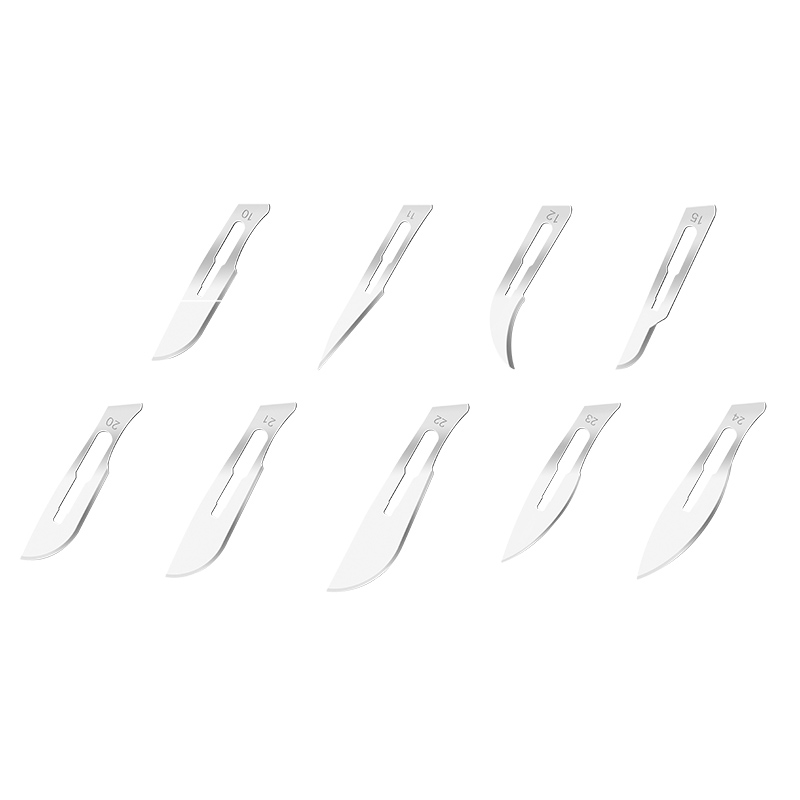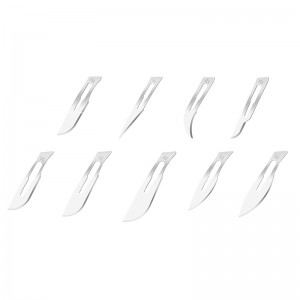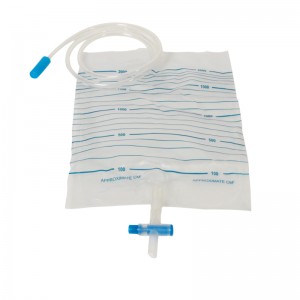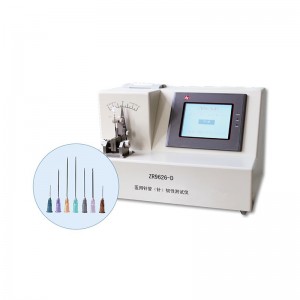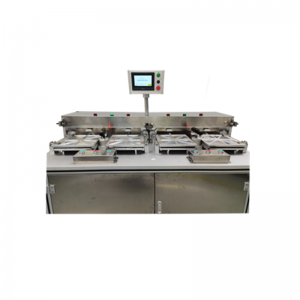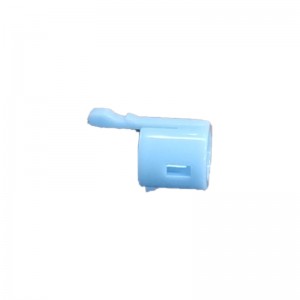Surgical Blades: Find the Best Options
Validity period: 5 years
Production date: See product label
Storage: Surgical blades should be stored in a room with no more than 80% relative humidity, no corrosive gases and good ventilation.
Transportation conditions: The surgical blade after packaging can be transported by ordinary means of transportation, which should be protected from strong impact, extrusion and moisture.
The blades are made of carbon steel T10A material or stainless steel 6Cr13 material and need to be disinfected before use. Not to be used under an endoscope.
Scope of use: For cutting tissue or cutting instruments during surgery.
A surgical blade, also known as a scalpel, is a sharp, handheld instrument used by medical professionals during surgical procedures. It typically consists of a handle and a thin, replaceable blade made of high-quality stainless steel.Surgical blades come in various sizes and shapes, each designed for specific purposes. The most common types of surgical blades include the #10, #11, and #15, with the #15 blade being the most commonly used. Each blade has a unique shape and edge configuration, allowing for precise incisions in different parts of the body.Before each procedure, the blade is usually attached to a handle using a blade handle, which provides a secure grip and control for the surgeon. The blade can be easily replaced after use to maintain sharpness and reduce the risk of infection.Surgical blades are highly sterile and disposable to prevent cross-contamination between patients. They play a crucial role in achieving accurate and clean incisions, making them essential tools in the field of surgery.

